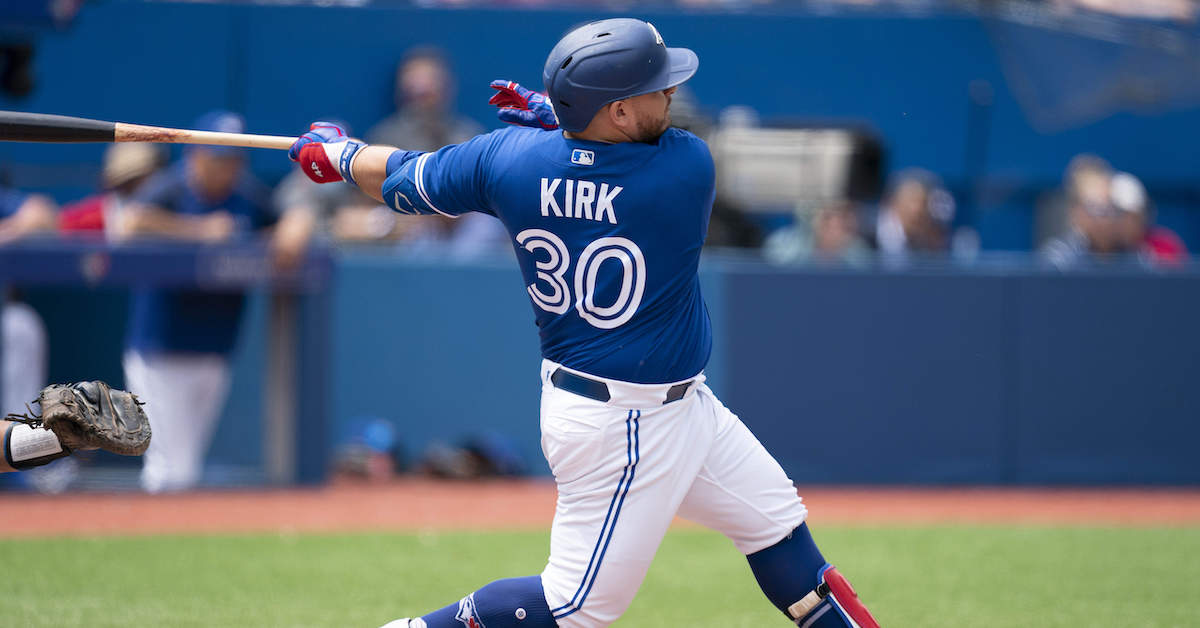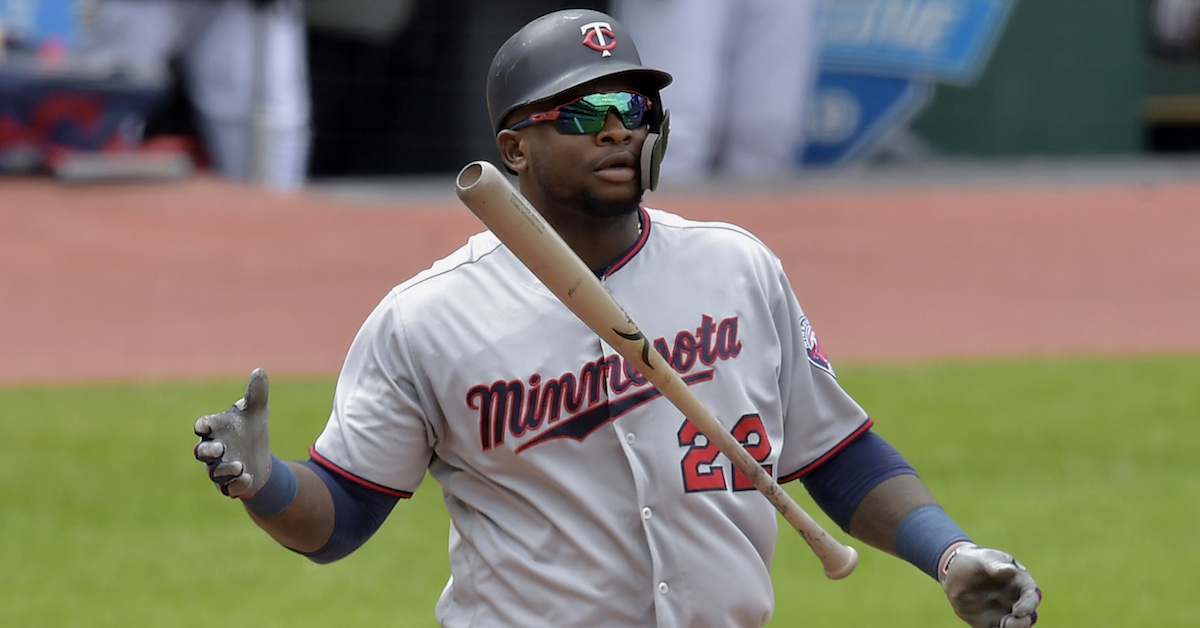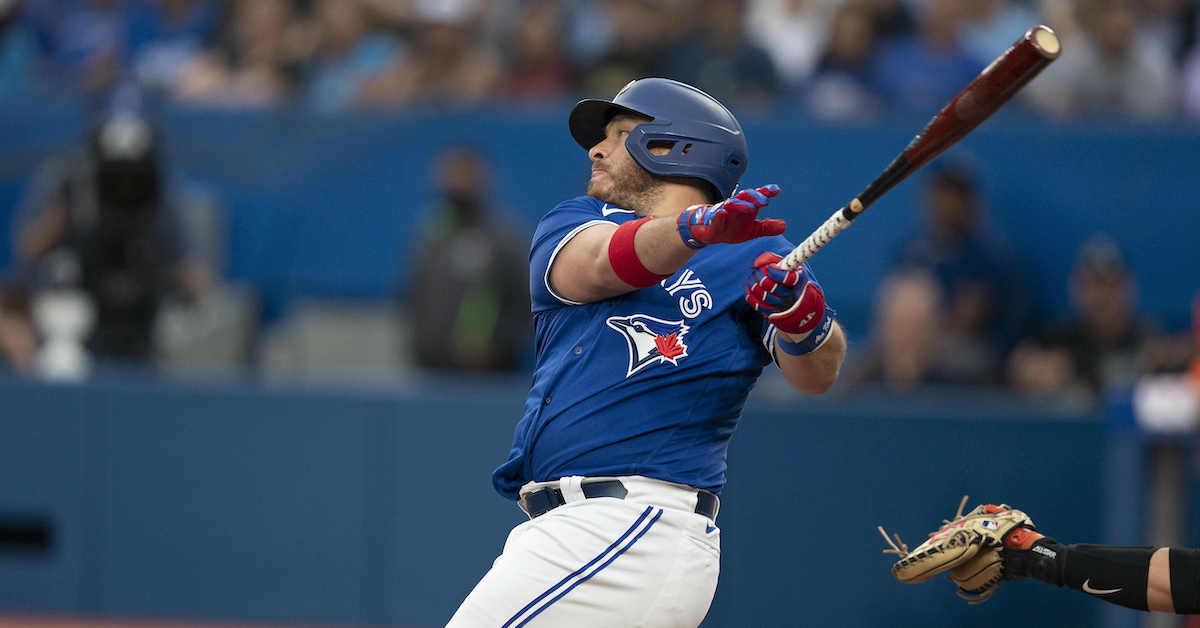This Isn’t Your Typical Deadline Winners and Losers Post

It’s the day after the trade deadline, which always means one thing: baseball writers begrudgingly cleaning up their gross, sparkling-water-can-filled workspaces. Oh, wait, actually it means two things: that, and a flood of “who won the trading deadline” articles.
This year, I’m going to do something slightly different. I won’t claim that I’ve re-invented the wheel, but I’ve always thought that those winner/loser columns are too deterministic and don’t leave enough room for nuance. I thought about listing each team that made a trade as a winner, with a “maybe” appended to indicate that we don’t know what will happen in the future; if you really want to know who won and who lost, check back in October… or maybe in October of 2025. I thought about making each team a “loser (maybe)” for the same reason. In the end, I settled on some broad archetypes. I’ll throw a subjective grade on how much I like the move, and also endeavor to explain the risks around each team’s deadline. You can find all of our deadline coverage here. Let’s get started. Read the rest of this entry »







